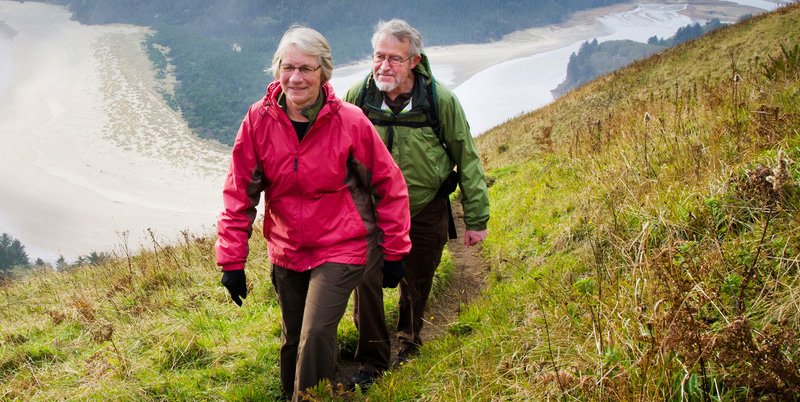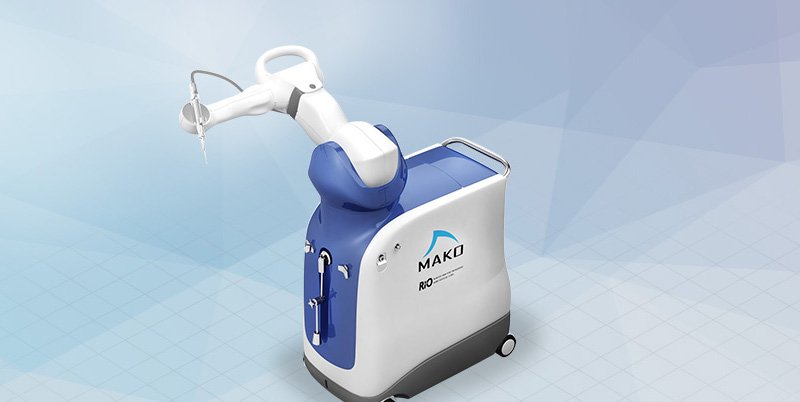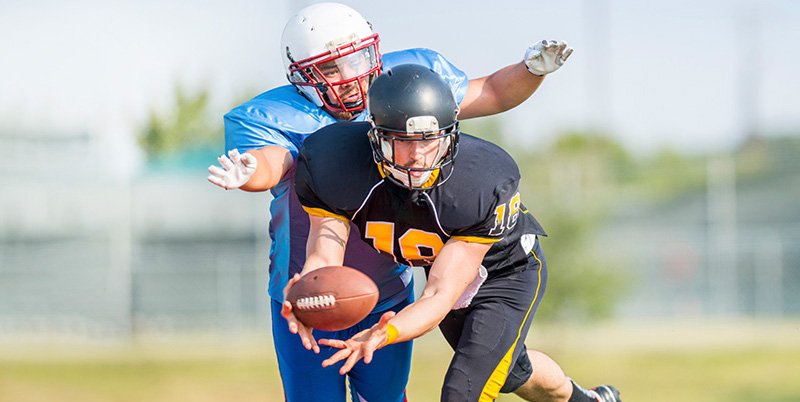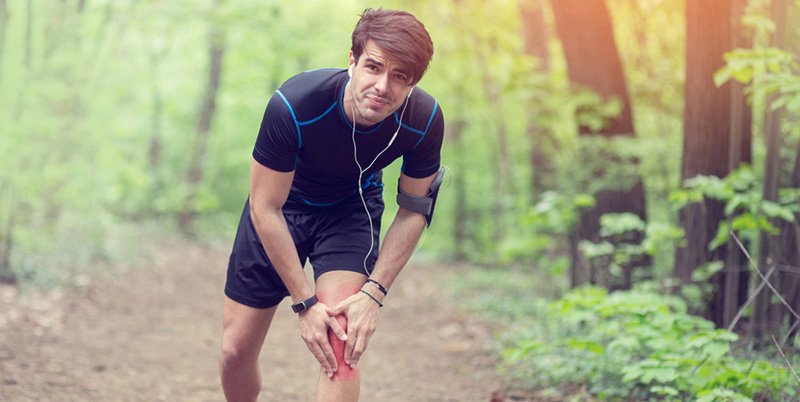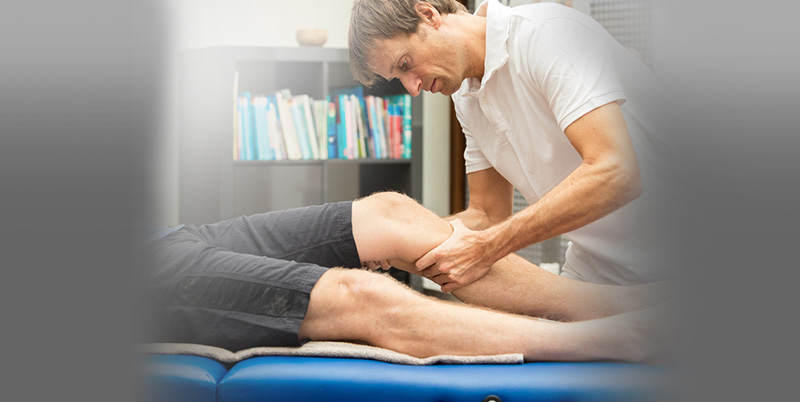Knee Arthroscopy
Returning to Driving
Post-operative Instructions for Knee Arthroscopy
ON THE DAY OF SURGERY
- Diet: Begin with liquids and light foods (jello, soup, etc). Progress to your normal diet if you are not nauseated.
- Medication: You have been given a prescription for narcotic pain medicine. These types of medications can cause numerous side effects including nausea, constipation, sedation and confusion. Narcotic pain medication should only be used for 1 to 2 weeks after surgery. You should not drive while taking narcotic pain medication. It is recommended that a stool softener be used while taking this medication. Any over-the-counter stool softener or laxative, such as Colace, Dulcolax, or Senokot, is appropriate. At any time, acetaminophen (Tylenol) may be substituted instead of your narcotic medicine and used for pain control. One gram of Tylenol can be taken safely by most patients every 8 hours. Do not exceed 3 grams of Tylenol in a 24 hour period. Do not combine with alcohol. It is normal to have pain and swelling in your knee after surgery. DO NOT use any Non Steroidal Anti-Inflammatory Drugs (NSAID's) such as Ibuprofen, Motrin or Aleve for at least 6 weeks after surgery.
- Ice: Keep ice on your surgical site for 40 minutes at a time, then 20 minutes off. Continue to use the ice as often as possible for the first 5-7 days, then as needed for pain relief.
- Bandage: Leave bandage on the knee. Keep dry. The bandage may be slightly bloody or wet from the surgical site. This is normal.
- Showering: No showering.
- Activity: Rest as needed. Elevate leg with a pillow placed under ankle. Keep leg elevated above the level of your heart as necessary to decrease swelling. Do not keep a pillow under your knee! Put the pillow under your heel instead.
- Crutches: You may stand and walk on you leg putting only partial weight on that leg with crutches. Your surgeon will direct you if more weight is allowed.
- Exercises: Begin ankle pumps only.
FIRST AND SECOND POST-OPERATIVE DAY:
- Medication: Continue to take pain medication as needed every 4-6 hours.
- Ice: Continue to ice your knee 40 minutes at a time.
- Bandage: Leave bandage on the knee. Keep dry. The bandage may be slightly bloody or wet from the surgical site. This is normal
- Showering: No showering.
- Crutches: Use crutches with partial weight only until comfortable, then walk with full weight bearing as tolerated. You may wean to one crutch, then discontinue when you can walk without pain or limp.
- Exercises: Begin gently bending and straightening your knee along with quadriceps sets, straight leg raises and ankle pumps. Goal is 10 reps of each 3 times per day.
THIRD POST-OPERATIVE DAY UNTIL RETURN VISIT
- Medication: Continue to take pain medication as needed every 4-6 hours.
- Ice: Continue as before.
- Bandage: You may remove the ACE wrap and operative dressings on post-operative day #3. Keep the incisions clean and dry. Place dressings over the wounds and change them daily. If Steri-strips are present, do not remove them. DO NOT put any ointments or bacitracin on the incisions. Replace the ACE wrap onto the leg, for compression, to help with post-op swelling.
- Showering: You may shower only if the wounds are dry. You may gently wash around the incision with a washcloth, then gently pat the area dry. DO NOT soak your knee in water or go swimming in a pool or the ocean.
- Exercises: Continue exercises.
- Driving (knee): You will be unable to drive for 1 week after surgery. You can not operative a vehicle while on a narcotic pain medication. In addition, you MAY NOT drive a motor vehicle until you have been able to discontinue the crutches. It is important to regain adequate quadriceps control before operating a motor vehicle. It is important that you feel very confident in your ability to respond efficiently before attempting to drive. Make sure you can safely get in and out of your car.
- Appointment: A follow-up appointment should be scheduled for you approximately one week after surgery. Please call us if you didn’t receive an appointment or you wish to change the appointment time.
- Knee Response to Surgery: Your knee will be swollen. It may take a 4 weeks or longer for all of this to go away. It is also common to notice bruising around the thigh and calf as the swelling resolves.
Problems:
If you develop severe pain, a fever greater than 101.5, redness or thick yellow drainage from the surgical incision site, excessive bleeding, redness or painful calf, trouble or pain with breathing, chest pain, and/or shortness of breath or persistent nausea and vomiting or lack of improvement with knee range of motion after several days, please call our office.
Remember!
- Ice and elevate for pain relief
- Work on getting your knee straight with the stretches that we discussed and that are provided above
- I will see you in 1 week, but call me if you have any questions before that time













